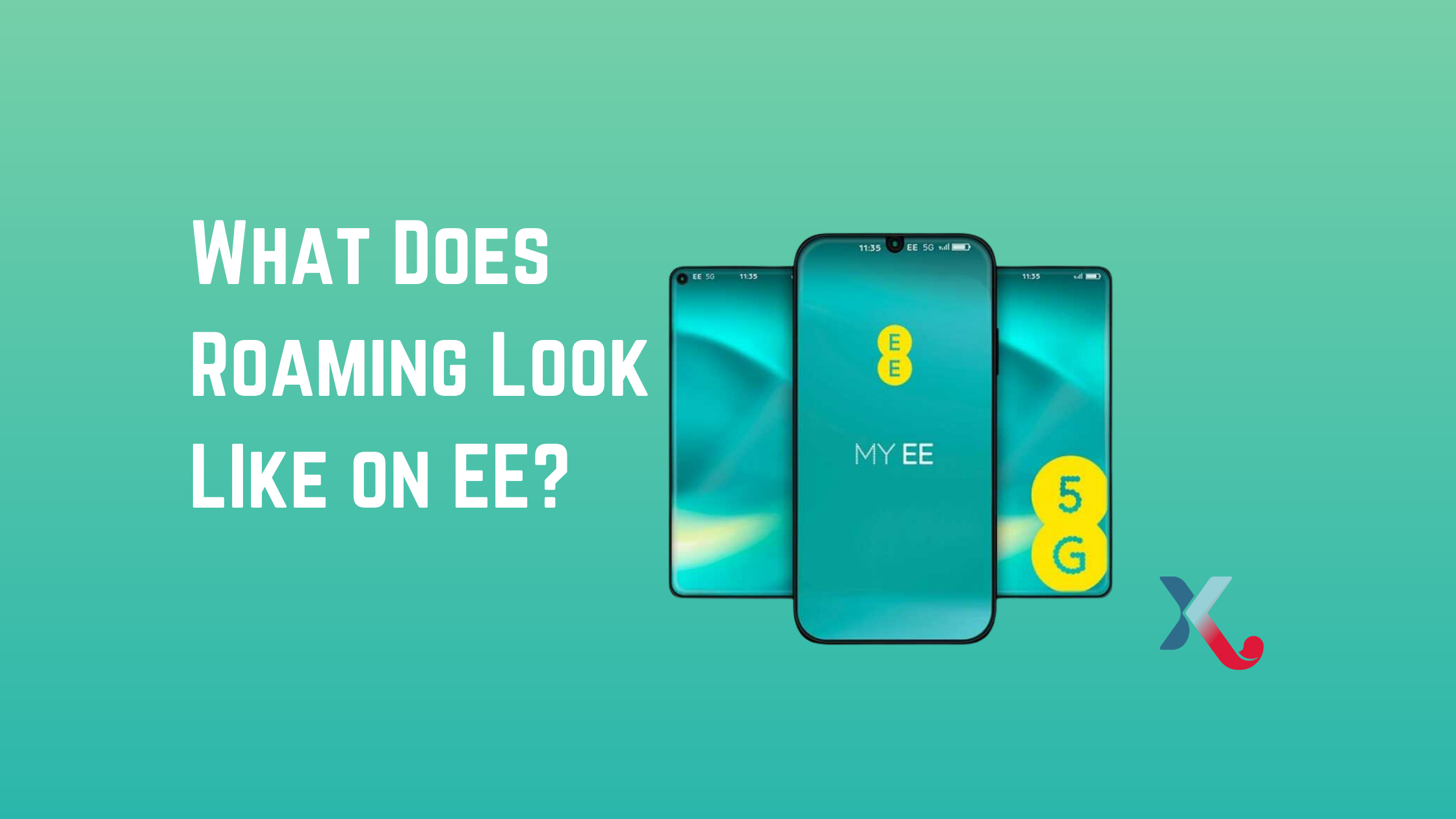EE 5G is now available on at 160 locations.
EE launched 5G in mid-2019, making it the first UK network to offer a 5G service. Here is everything you need to know about it.
What is 5G?
The next-generation phone service 5G doesn’t replace 4G and 3G. It’s more an enhancement to 4G, offering faster connections speeds and lower latency for users with compatible handsets.
It will allow you instant access to video and music. It will enable you to download TV episodes and movies in seconds! You’ll also have better lag-free gaming and spend less time waiting for things to happen. It will enable enhanced AR services, greater connectivity of things such as cars, and unlock services that we haven’t even thought of yet.
Is EE 5G available in your area?
EE 5G is currently available in 160 locations and will spread further. Their CEO said:
“It’s more than just the number of cities. Although our network is expanding, our customers still have access to the best 5G coverage in the UK. It’s the quality of your connection that matters.
These landmarks include Brighton Pier, Glasgow’s Bath Street and York Minster.
EE plans for a UK-wide 5G network across at least 90 per cent of UK by 2028. It will also launch a new core 5G network and turn off 3G in 2023.

EE had a lot of Huawei technology in its network, following UK Government ruling on the matter, EE are planning to get rid of this technology by 2023 – two years later than initially planned.
The network will replace Huawei with Samsung and Ericsson technology instead.

What is the speed of EE 5G
Because there are many variables in a network, location and device, quoting speeds can be risky. UK networks can reach peak speeds of around 1Gbps. However, realistic expectations are for speeds around 100-300Mbps. This is faster than what most home broadband services offer.
5G is not about speed. It’s about creating a more efficient network, so if you have slower speeds on 5G, it’s probable that your 4G handset will be even slower still.
You will get 5G speeds differently depending on where you live. The networks are still new and expected to grow in popularity.
Although we have seen those speeds again, 100-200Mbps is much more common. We’ve experienced those speeds many times. While this is not faster than 4G peak speeds, the latency is always lower.
Remember, for the best price possible, recycle your old phone with NIX and sign-up to our Premium Membership at NIX.


